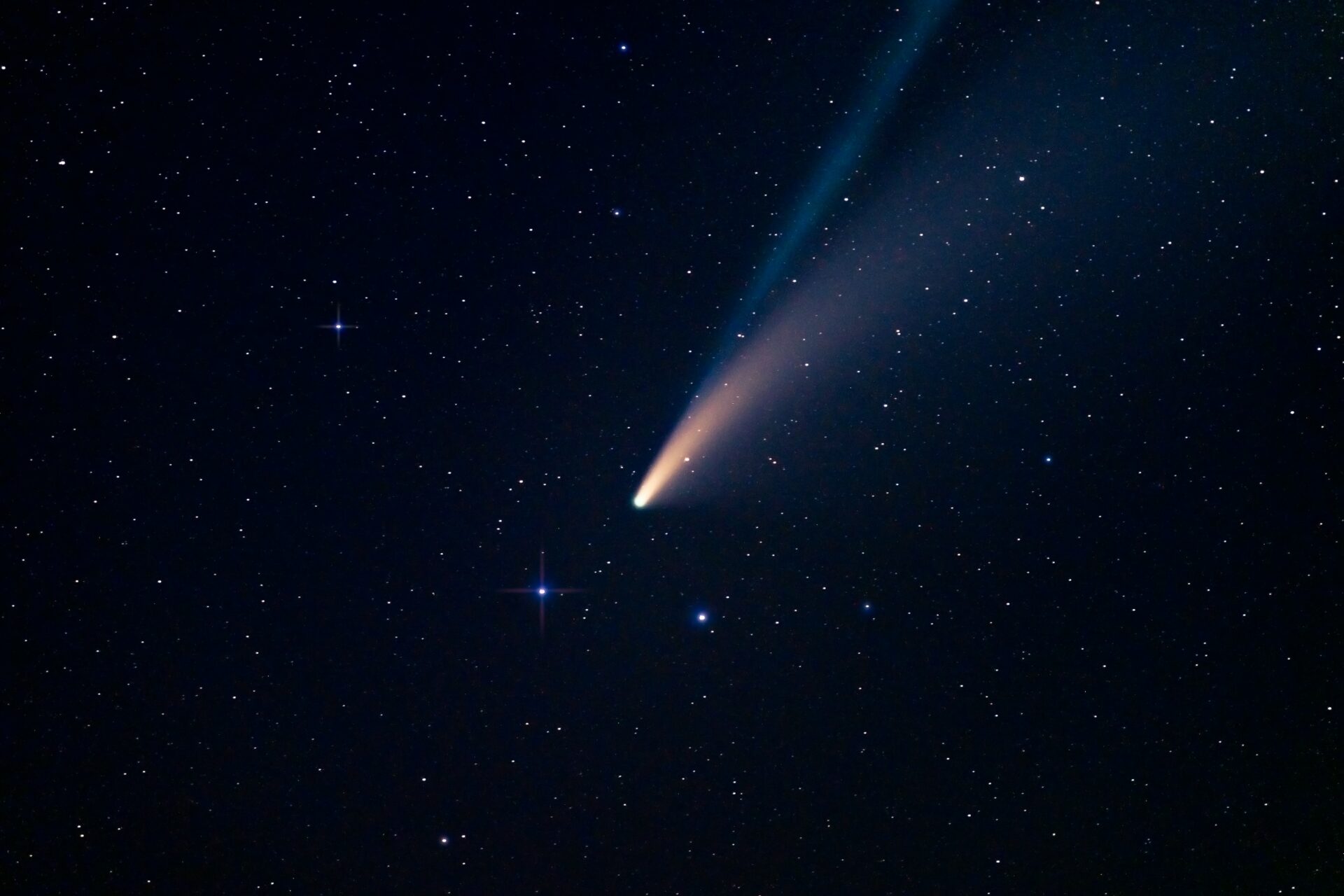The Solar and Heliospheric Observatory (SOHO), a joint organization of the European Space Agency (ESA) and NASA, over the weekend observed the comet, which became brighter as it approached the Sun. When the comet came too close, it was destroyed by the intense heat coming from our star. As the solar physicist Dr. Keith Strong shared on the Internet.

There are quite a lot of comets with a very close orbit to the Sun. SOHO alone has discovered more than 4,000 such space objects. However, in order to survive under the influence of the heat of our star at perihelion – the closest point to the Sun – you need enough volume so that its material does not have time to evaporate. Of course, a comet can survive after a deadly approach, but in this case its mass will decrease significantly. The effects due to its heating can also make the comet bright enough to be visible to the naked eye from Earth.
THE COMET DID NOT SURVIVE: As with most sun-diving comets, this one did not come out the other side of the Sun after its nearest approach to the Sun (perihelion). 🙁 pic.twitter.com/ok5fHbfdDv
— Keith Strong (@drkstrong) August 7, 2022
Most of these near-solar comets originate from bright large comets that break off after perihelion. It is believed that most of the remains come from the Great Comet of 1680, which flew at a distance of only 200 thousand kilometers from the Sun, which is about half the distance from the Earth to the Moon. But this fragment probably comes from a comet that split just a couple hundred years ago. Based on SOHO observations, none of the smaller fragments survived the perihelion passage.
Recall that currently the Sun is becoming more active and is approaching the peak of its 11-year activity.
Follow us on Twitter to get the most interesting space news in time
https://twitter.com/ust_magazine

